In a groundbreaking demonstration of musical engineering, a carbon fiber cello has emerged victorious from one of the most punishing performance environments on Earth. The instrument, subjected to months of extreme conditions during a polar region concert tour, completed its expedition without a single mechanical failure or tonal compromise. This real-world stress test offers compelling evidence that advanced composite materials may revolutionize how musicians interact with their environments.
From Laboratory to Glacier
Traditional wooden cellos have long struggled with temperature fluctuations and humidity changes, requiring constant adjustments and often failing under extreme conditions. The carbon fiber alternative was initially met with skepticism from purists who doubted its acoustic capabilities. However, the polar tour has silenced many critics as the instrument maintained perfect intonation through -40°C blizzards and 24-hour daylight conditions that would have warped or cracked conventional wooden instruments.
The expedition's cellist reported that the carbon fiber cello required no special humidification cases or temperature-controlled storage - it was simply carried in its standard case between performances on icebreakers, research stations, and outdoor glacier venues. Crew members noted with amazement that the instrument needed no tuning adjustments between -20°C outdoor performances and +25°C indoor concerts, a feat impossible for wooden cellos.
The Science Behind the Resilience
Carbon fiber's secret lies in its near-zero coefficient of thermal expansion. Unlike wood, which expands and contracts with temperature changes, the composite material maintains its precise dimensions across extreme temperature ranges. This stability ensures consistent string tension and bridge position, the two factors most critical to maintaining proper intonation. The material's layered construction also eliminates the risk of cracking that plagues wooden instruments in dry conditions.
Perhaps more surprisingly, the cello demonstrated excellent sound projection in open-air polar environments. Its composite body produces a brighter, more directional tone that cut through howling winds better than traditional instruments tested in the same conditions. Audio engineers on the expedition recorded sound samples that show remarkable clarity even in 30-knot winds.
Implications for the Music World
This successful field test has far-reaching implications for professional musicians. Orchestra players who frequently travel between climate zones may soon abandon their fragile wooden instruments for more reliable carbon fiber alternatives. The military bands and cruise ship ensembles that operate in extreme environments have already expressed strong interest in the technology.
Perhaps most exciting is the potential for outdoor performances in previously impossible locations. Imagine cello concertos at Everest base camp, string quartets in Death Valley, or youth orchestras in tropical rainforests - all with instruments that adapt rather than fight their environments. The polar-tested cello suggests we're approaching an era where musicians are limited only by their imagination, not by their equipment's environmental tolerances.
A New Chapter in Instrument Design
While traditional violin makers may view carbon fiber as a threat, several luthiers are embracing the technology. Some are experimenting with hybrid designs that combine wooden tops with carbon fiber backs and sides, seeking to blend traditional warmth with modern durability. Others are using the material's moldability to create ergonomic designs that reduce player fatigue without sacrificing sound quality.
The polar expedition's musical director noted an unexpected benefit: the carbon fiber cello became something of a mascot for the tour's theme of human ingenuity in extreme environments. Audiences responded enthusiastically to lectures about the instrument's technology between musical pieces, creating a unique blend of science communication and artistic performance.
As climate change makes weather patterns more unpredictable, the demand for weather-resistant instruments will likely grow. This polar trial by ice and wind has proven that carbon fiber cellos aren't just curiosities - they're serious tools for serious musicians facing real-world conditions. The age of delicate, temperamental instruments may be giving way to an era of rugged reliability without artistic compromise.

By Olivia Reed/Apr 13, 2025

By William Miller/Apr 13, 2025

By Amanda Phillips/Apr 13, 2025
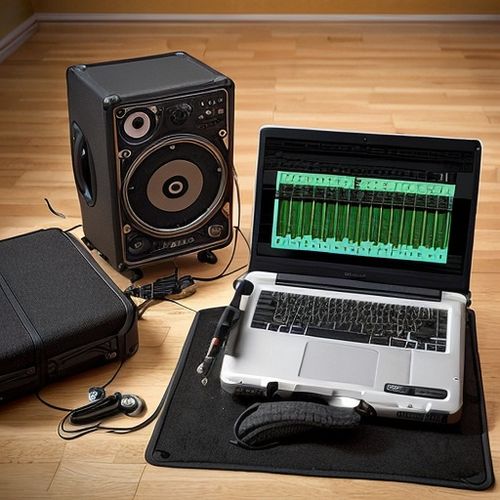
By Megan Clark/Apr 13, 2025

By Joshua Howard/Apr 13, 2025
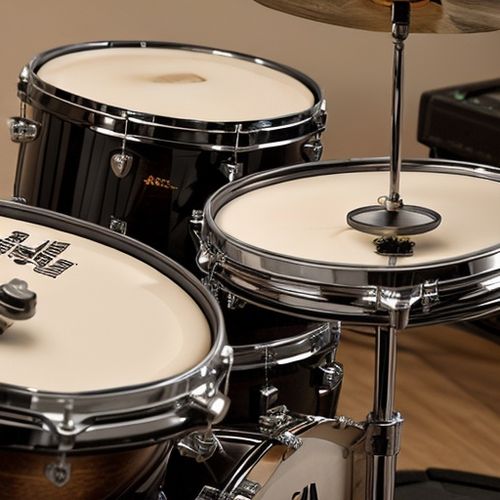
By Samuel Cooper/Apr 13, 2025

By Elizabeth Taylor/Apr 13, 2025

By Eric Ward/Apr 13, 2025
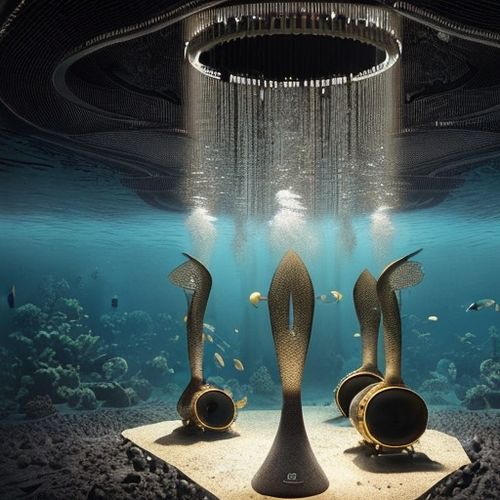
By Emma Thompson/Apr 13, 2025
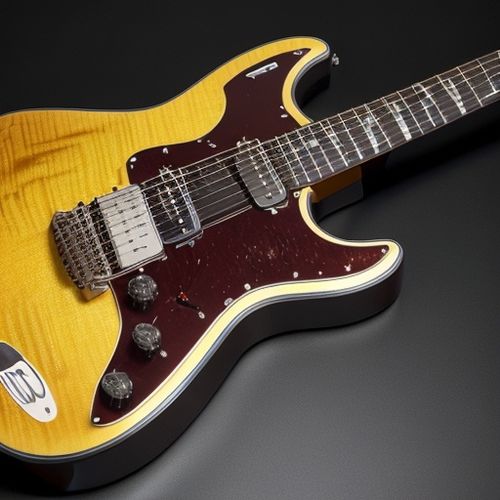
By Noah Bell/Apr 13, 2025

By Sarah Davis/Apr 13, 2025
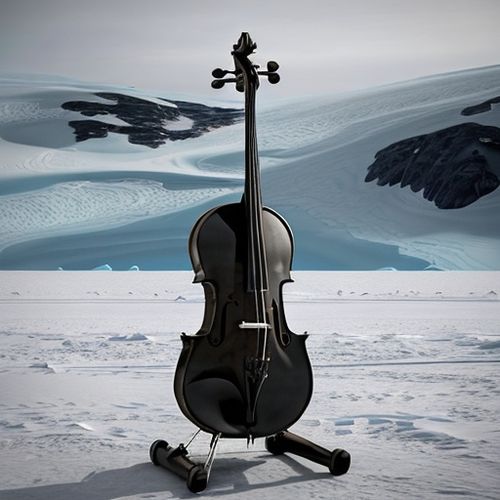
By Eric Ward/Apr 13, 2025

By Daniel Scott/Apr 13, 2025
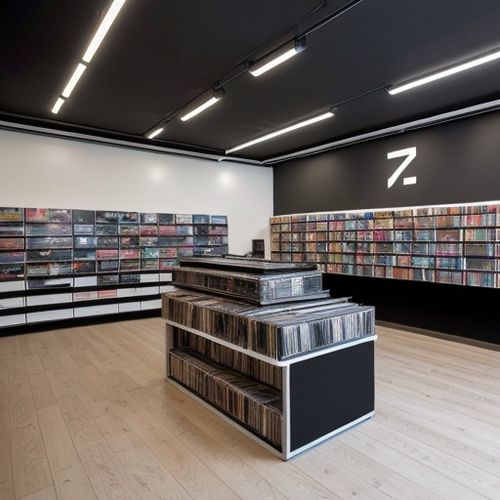
By Benjamin Evans/Apr 13, 2025

By Elizabeth Taylor/Apr 13, 2025

By Grace Cox/Apr 13, 2025
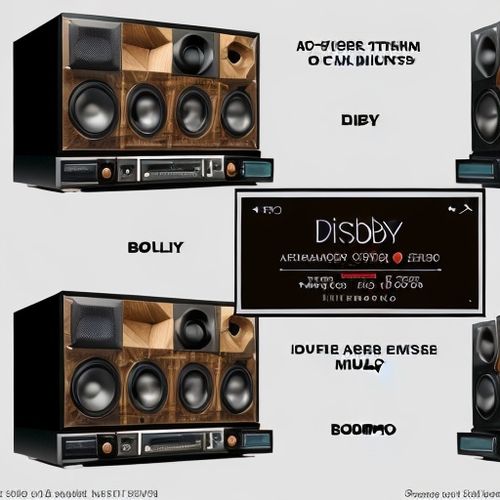
By Megan Clark/Apr 13, 2025

By Benjamin Evans/Apr 13, 2025

By Thomas Roberts/Apr 13, 2025

By Sarah Davis/Apr 13, 2025